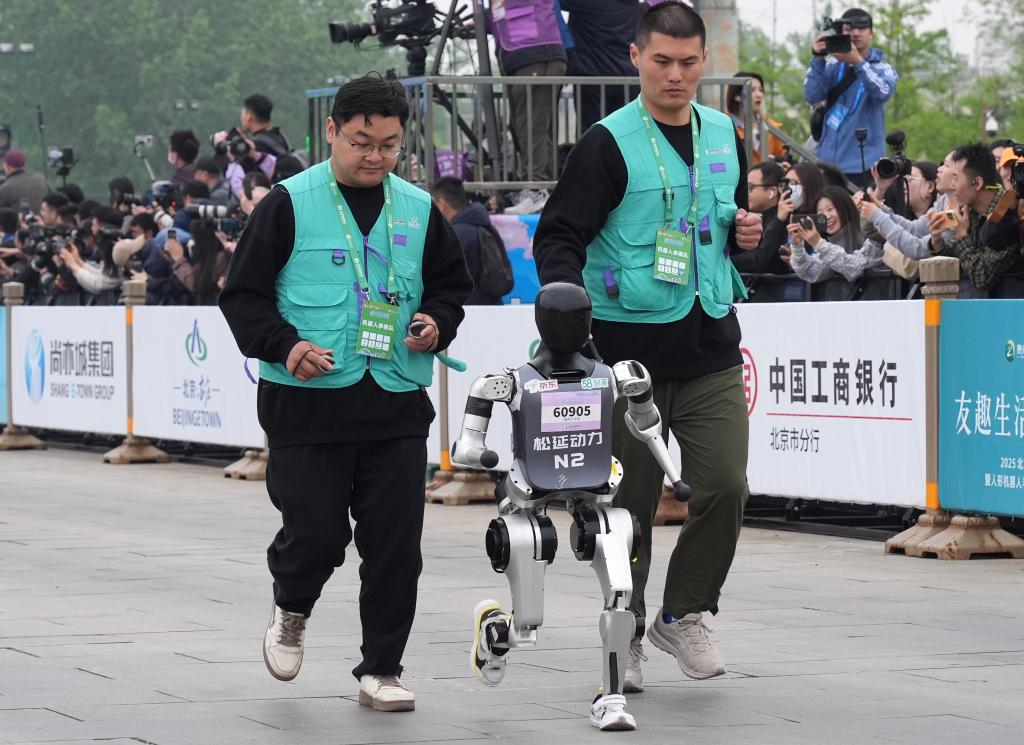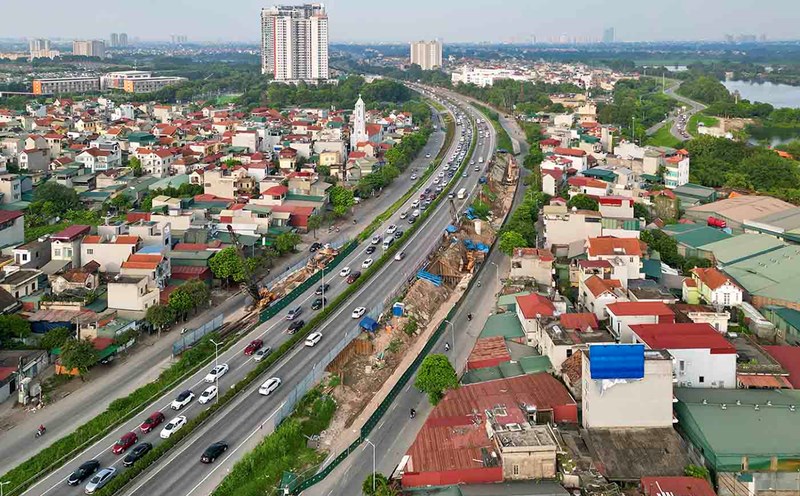At the finish line of an unprecedented race in human history, not an exhausted marathon athlete but a robot on the ice and swerving to the finish line, completing 21km of the race in about 2 hours and 40 minutes - officially crowned champion at the world's first human marathon held in Beijing on April 19.
The Global Times reported that 21 human-shaped robots will compete alongside thousands of human athletes. The victory belonged to Tiangong Ultra, a robot developed by the National and Local Organizing AI Technology Innovation Centers of China.
After completing the race, the robot stopped smoothly in the waiting area without any signs of "leg weakness" - something that most athletes with bones and feet clearly felt after 21km of challenge.
This iconic event brings together a series of the most advanced robots today, including Unitree's G1, Kuavo from Leju Robotics and NOETIX's N2, contributing to turning the traditional marathon into a top-notch stage.
The race starts at 7:30 am, with robots and runners running at the same time - but the lanes are divided to ensure safety, each robot starts one minute apart. On the racetrack, technical stations are arranged along the route to serve the replacement of batteries, robot changes or rotation of support staff.

To meet the long-distance running intensity, many robots are equipped with heat-swappable battery systems, feet with specialized protective shoes or anti-erosion cushions - like a pair of high-tech marathon shoes, but for... steel.
A member of the Tiangong Ultra support team said: "We aim to win first place. The main responsibility is managing battery replacement and our rapid battery replacement technology takes only 3 to 4 minutes at a time.
Interestingly, during the preparation, a single robot with a human face - named Huanhuan - fell slightly and suffered scratches. The technical staff quickly checked and helped the "girl" stand up and continue to participate in the competition as if there were no scratches.
Representative from the National and Local organizational AI Center of China, Mr. Nham Nha Vi said that this event is a comprehensive testing step for human-shaped robots: not only testing stability, the ability to overcome terrain, but also assessing continuous operation and safety.

The robot completing 21km in a practical environment is a testament to the potential industrial scale application of this technology, he said.
According to the report published at the 2nd China Forms Robot Industry Conference, the physical AI market in China is expected to reach nearly 5,300 billion yuan (about 730 million USD) by 2025, accounting for 27% of the global market share. Meanwhile, human-shaped robots account for 50% of the global market share, with an estimated value of more than 8,200 billion yuan ($1.1 billion).











